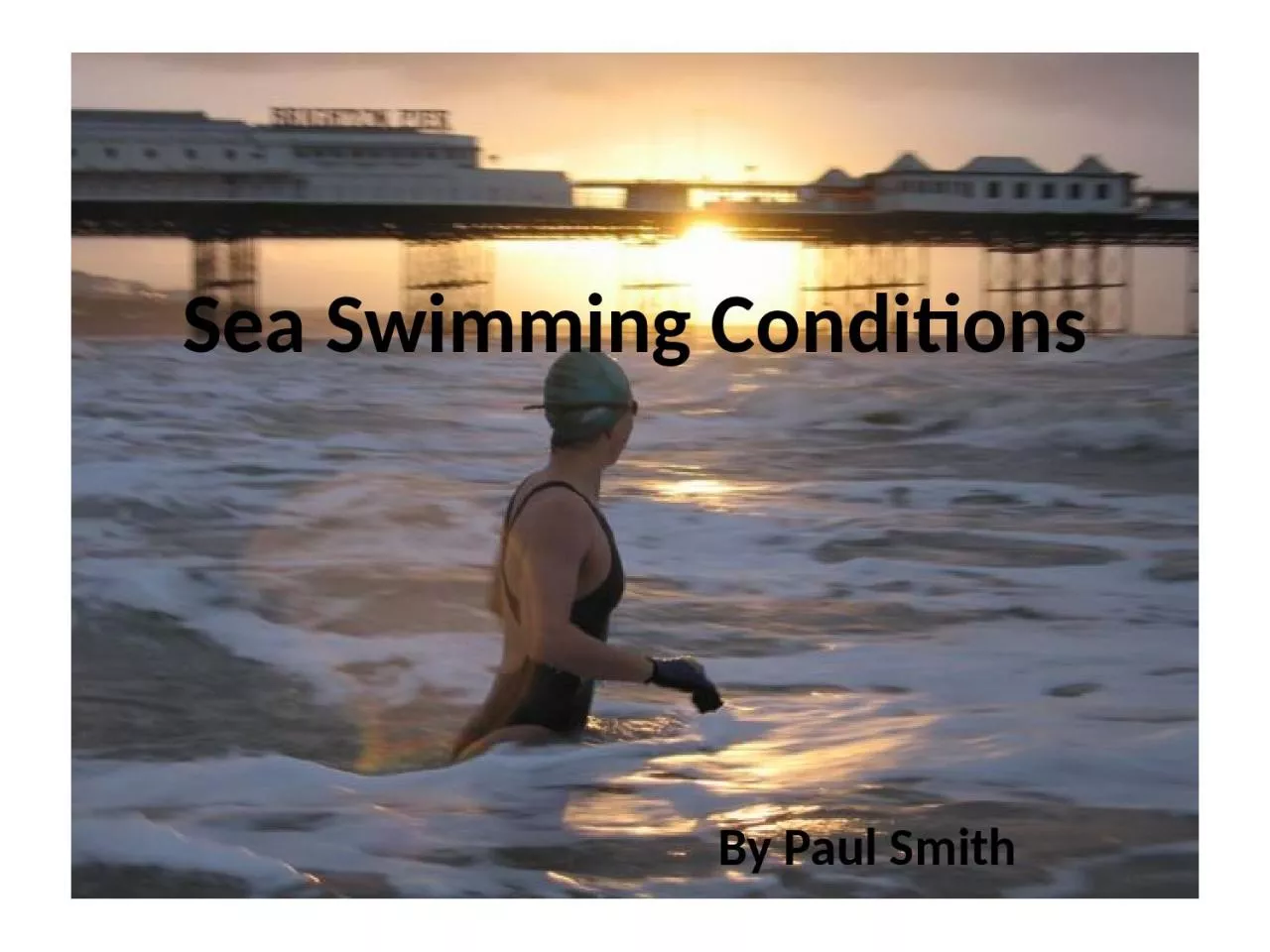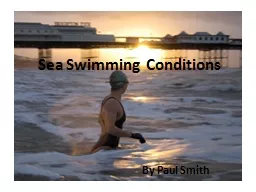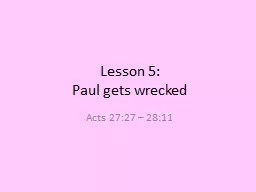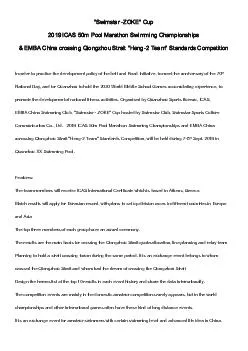PPT-Sea Swimming Conditions By Paul Smith
Author : melody | Published Date : 2024-01-13
Contents Tides Currents Wind Weather Tides Each 25 hour period is divided up into 4 tides approx 625 hours apart There are 2 high and 2 low tides within this period
Presentation Embed Code
Download Presentation
Download Presentation The PPT/PDF document "Sea Swimming Conditions By Paul Smith" is the property of its rightful owner. Permission is granted to download and print the materials on this website for personal, non-commercial use only, and to display it on your personal computer provided you do not modify the materials and that you retain all copyright notices contained in the materials. By downloading content from our website, you accept the terms of this agreement.
Sea Swimming Conditions By Paul Smith: Transcript
Download Rules Of Document
"Sea Swimming Conditions By Paul Smith"The content belongs to its owner. You may download and print it for personal use, without modification, and keep all copyright notices. By downloading, you agree to these terms.
Related Documents














![USA Swimming and [Insert LSC Here]](https://thumbs.docslides.com/1059715/usa-swimming-and-insert-lsc-here.jpg)